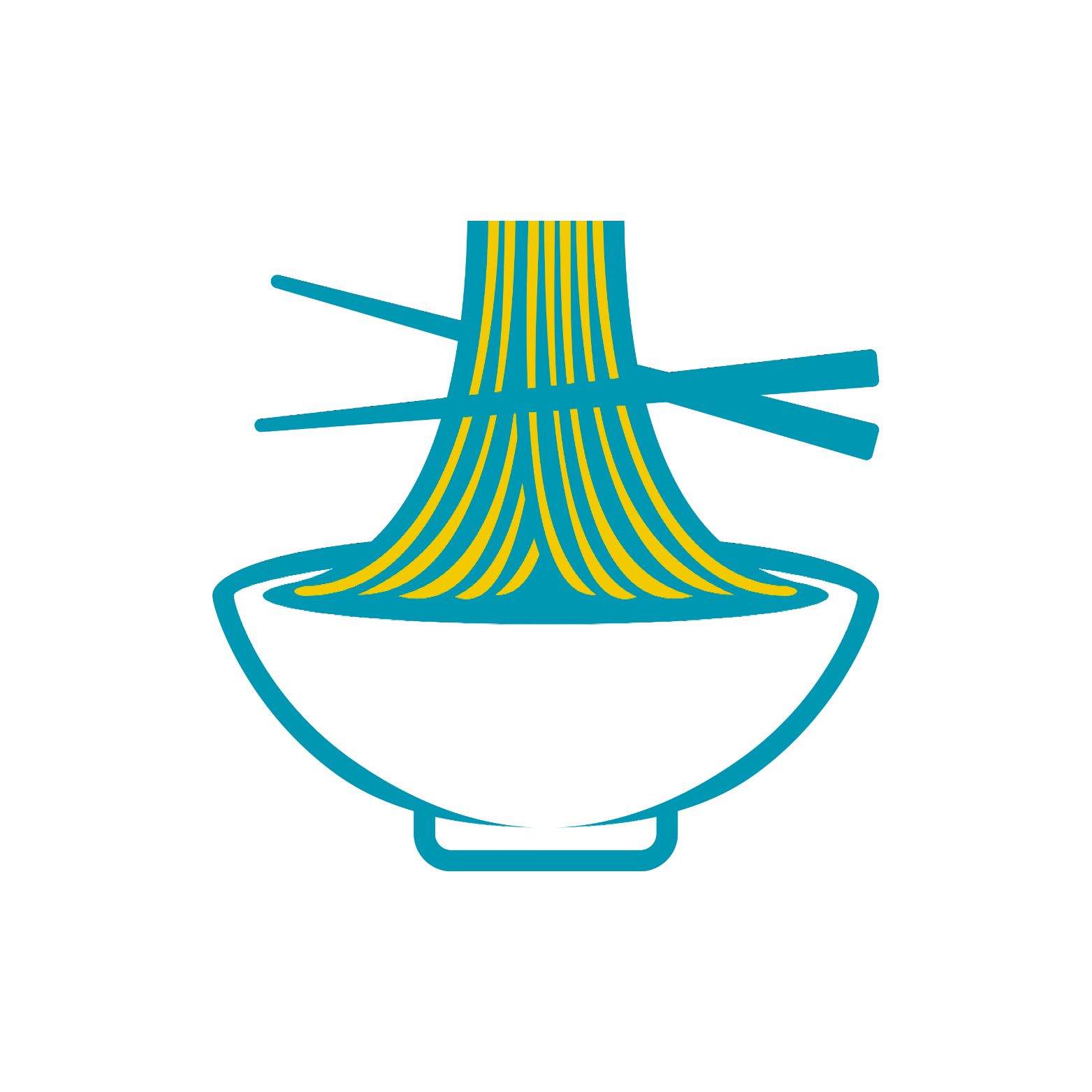Tuvaluan PandanusFruit or halafruit:Taste traditional Pacific Island cuisine with this versatile ingredient,raw or cooked,reflecting Tuvalu's culinary heritage.
The history of the Tuvaluan Pandanus Fruit recipe traces back through generations of Pacific Island culture. In Tuvalu, the pandanus tree holds deep cultural significance, providing not only sustenance but also materials for crafting and traditional medicine. Over centuries, Tuvaluan cooks have perfected ways to incorporate pandanus fruit into their culinary repertoire, creating dishes that reflect the island's rich cultural heritage. Today, the recipe remains a cherished part of Tuvaluan gastronomy, offering a taste of tradition and a connection to the land and sea that sustain the island community.
Ingredients:
- Fresh pandanus fruit
- Water (if cooking)

Method:
1. Harvesting: Select ripe pandanus fruits from the tree. These fruits should be green or yellow and have a strong, sweet fragrance.
2. Preparation: Peel away the outer skin of the pandanus fruit to reveal the inner flesh. Cut the flesh into smaller pieces if desired, discarding any seeds.
3. Raw Consumption: Enjoy the pandanus fruit pieces raw as a snack or dessert. The flesh has a sweet, tropical flavor with hints of coconut and pineapple.
4. Cooking Option: If preferred, you can cook the pandanus fruit to soften it slightly and enhance its flavor. Place the fruit pieces in a pot and cover them with water.
5. Boiling: Bring the water to a boil over medium heat and simmer the pandanus fruit for about 10-15 minutes, or until it becomes tender.
6. Draining: Once cooked, drain the water from the pot and allow the pandanus fruit to cool slightly before serving.
7. Serving: Serve the cooked pandanus fruit as a side dish or incorporate it into various recipes to add a unique tropical flavor.
8. Enjoy: Whether raw or cooked, savor the delicious taste of pandanus fruit, a delightful and versatile ingredient in Tuvaluan cuisine.
Nutrition Value:
1. Fresh Pandanus Fruit:
- Calories: Pandanus fruit is low in calories, typically ranging from 50 to 100 calories per 100 grams depending on its ripeness and variety.
- Carbohydrates: It is primarily composed of carbohydrates, with around 20-25 grams per 100 grams serving, mainly in the form of natural sugars.
- Protein: Pandanus fruit contains minimal protein, usually less than 1 gram per 100 grams serving.
- Fat: It is almost fat-free, containing less than 1 gram of fat per 100 grams serving.
- Sodium: Pandanus fruit is naturally low in sodium, with minimal amounts, typically less than 10 milligrams per 100 grams.
- Cholesterol: It is cholesterol-free.
- Vitamins: Pandanus fruit is a good source of vitamin C, providing about 20-30 milligrams per 100 grams serving, which contributes to its antioxidant properties. It also contains small amounts of vitamin A, vitamin E, and some B vitamins.
- Minerals: It contains minerals like potassium, calcium, magnesium, and iron in moderate amounts. These minerals are essential for various bodily functions, including muscle function, bone health, and blood circulation.
- Nutritional Benefits: Pandanus fruit is rich in antioxidants, which help neutralize harmful free radicals in the body, reducing the risk of chronic diseases. It also provides dietary fiber, which aids in digestion and helps maintain a healthy digestive system.
2. Water (if cooking):
- While water doesn't have any calories, it's essential for the hydration of the body and the cooking process. It serves as a solvent for various nutrients and helps in the absorption of water-soluble vitamins. In cooking, water is used as a medium to transfer heat and to soften ingredients, helping to break down complex carbohydrates and proteins, making them more digestible and palatable. Additionally, water is crucial for maintaining the proper texture and consistency of cooked dishes.


Comments